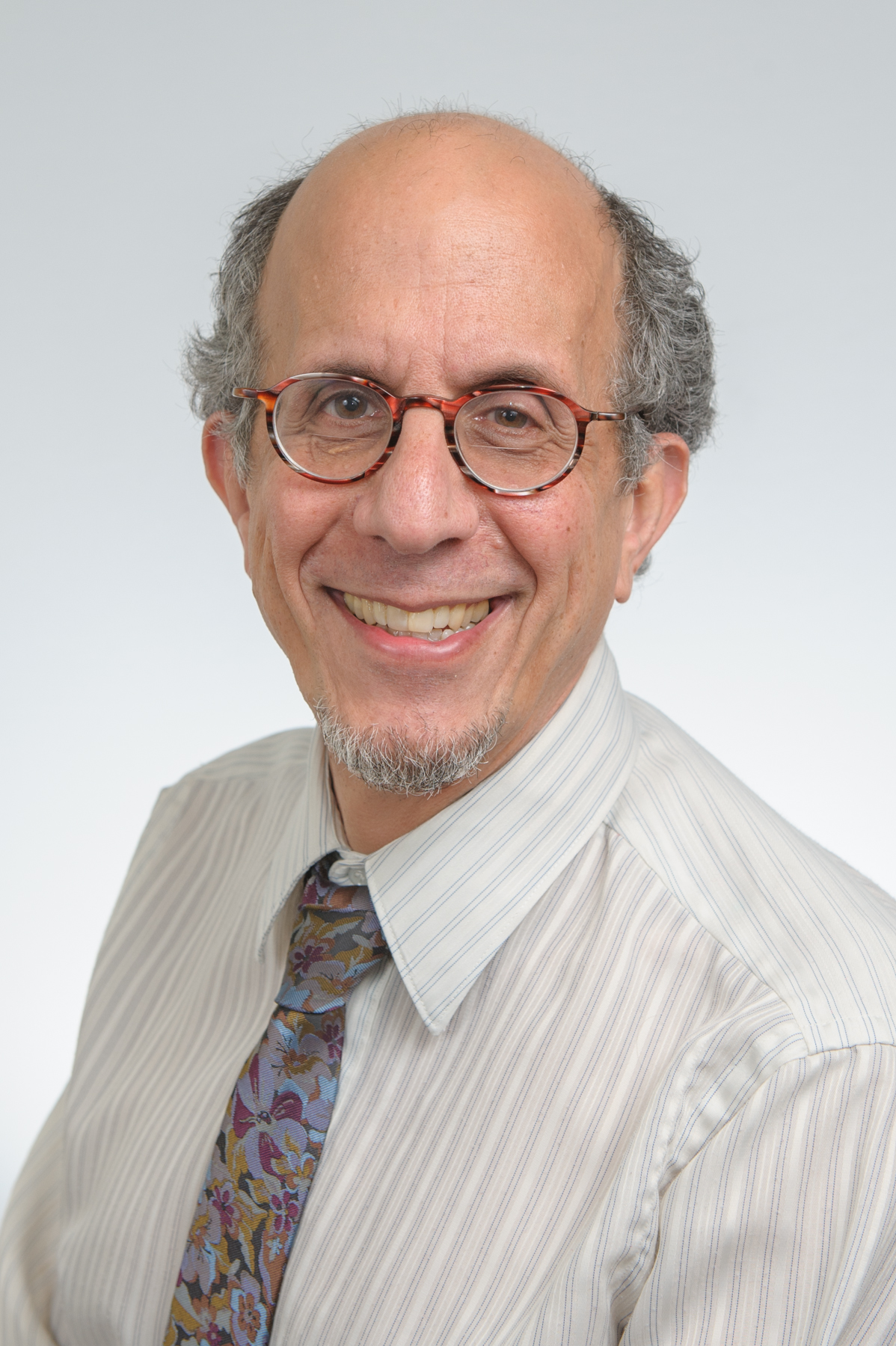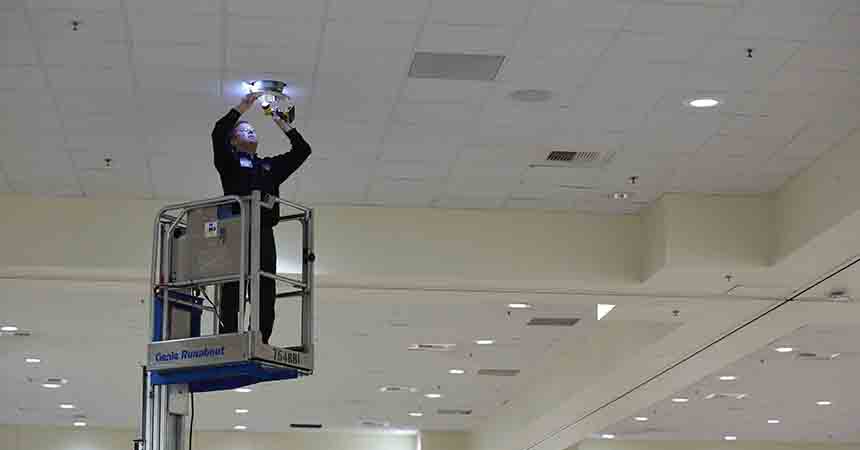
Fred Gordon, Energy Trust’s director of planning and evaluation
Energy Trust is marking its 20th anniversary this year. Since 2002, we’ve helped Oregonians save and generate more than 1,000 average megawatts of electricity and save 84 million annual therms of natural gas. That’s helped customers save $5.3 billion on their energy bills while creating local jobs and avoiding carbon emissions that mean a cleaner environment for everyone.
In honor of how far we’ve come in these 20 years, we’re asking Energy Trust experts about the policies, innovative technologies and other changes we can expect in the next 20 years.
First up is Fred Gordon, Energy Trust’s director of planning and evaluation who has worked in the energy-efficiency industry for more than four decades. Gordon’s team at Energy Trust helps align our programs with the best available data and analysis of energy use, utility customers, equipment and regulatory investment criteria.
Energy Trust’s primary purpose is helping utility customers make buildings and facilities more efficient and benefit from renewable energy. But at the same time, Gordon says, this work to achieve our primary purpose can also advance the state’s goals around energy use and issues like carbon reduction and equity.
“There’s answers for one or the other, and then there are the sweet spots where they overlap,” he said. “That’s where our future is.”
There’s no next LED, but there are plenty of opportunities.
At the start of Energy Trust, energy-efficient lighting – starting with CFLs and then LEDs – was a huge driver of energy savings at a very low cost. But as more customers made the switch, Energy Trust has had to look elsewhere for savings.
Where exactly? Energy Trust works with Northwest Energy Efficiency Alliance to bring emerging technologies to market. There is also more work to do to increase adoption of established energy-saving equipment like ductless heat pumps and heat pump water heaters and bring these technologies to customers we haven’t yet reached.
“On the technical end, there are practices like Strategic Energy Management and equipment that can massively impact overall energy use,” Gordon said. “But it’s harder than screwing in a lightbulb.”
Our role in renewable energy is ever changing.
In its early days, Energy Trust provided financial support to wind farms, but stopped when those developments became financially feasible without added incentives. Then Energy Trust supported large solar farms, but soon those were also able to advance without Energy Trust incentives.
“And now there’s this question that isn’t quite solved: Does the mainstream residential rooftop solar market need us, or is it penciling out well enough?” Gordon said. If it’s the latter, “That’s great news for the human race. But it leaves us asking what’s next.”
As the market and policy landscape evolve, Energy Trust is directing more of its solar incentives toward specific customer groups, including those with low and moderate incomes and those who can’t access rooftop solar.
There are also opportunities where solar energy paired with battery storage could help make communities more resilient in the face of natural disasters and power outages, while also helping to make the power grid more reliable.
This targeted approach takes precision and community engagement, Gordon said, but the benefits can be huge.
Utilities need a Swiss Army knife when it comes to grid support.
For years Energy Trust found success in mass market approaches to energy efficiency. But to help utilities meet the grid challenges of the next 20 years – from increasing demand to intermittent sources of renewable energy – Energy Trust will have to apply what industrial planners call mass customization.
Gordon describes this as the Swiss Army knife approach, with tools like targeted load management, smart inverters, solar + storage and energy efficiency all working together in a specific time and place to support the grid. Energy Trust is helping utilities and customers explore how to best deploy these tools.
“The industry will need to figure out how to rapidly customize to the circumstance,” he said. “We’re working with utilities to find ways to apply all those tools in the right places.”

